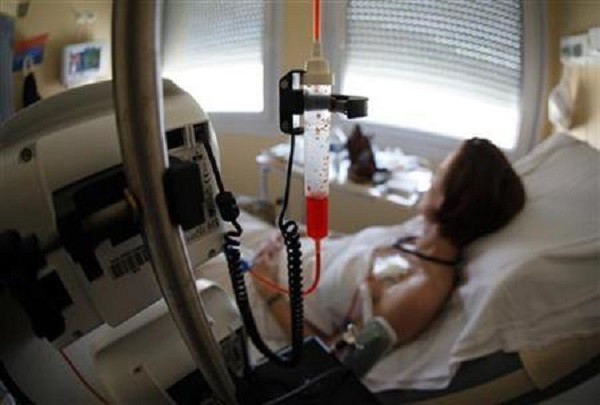Cancer has become a national public health problem that has affected an average of 12,000 Chinese people, killing 7,500 every day in 2015, according to the findings of a new study, as reported by China Daily.
Last year, there were an estimated 4.3 million new cancer diagnoses and 2.8 million deaths in China, researchers said in the report "CA: A Cancer Journal for Clinicians" published on behalf of the American Cancer Society.
In 2012, figures showed 3.12 million new diagnoses and 2.7 million deaths.
Chen Wanqing, director of the Chinese National Central Cancer Registry at the National Health and Family Planning Commission, led the latest report.
The report was based on data from 72 local cancer registries from 2009 to 2011, representing around 6.5 percent of the population.
Chen fears that cancer cases will continue to rise in the country, citing increasing environmental risk factors like smoking and water and air pollution.
Smoking was the cause of over 20 percent of the preventable cancer cases in China, accounting for 25 percent of all cancer deaths, according to the report.
The most prevalent forms of cancer were that of the lung, liver and esophagus, accounting for 57 percent of total cases.
Men were mostly affected by lung, stomach, esophageal, liver and colorectal cancers. Women were mostly affected by breast cancer, which made up 15 percent of new cases, as well as lung, stomach, colorectal and esophageal cancers.
Almost 22 percent of the new cancer cases worldwide and 27 percent of cancer deaths happened in China, according to data from the World Health Organization (WHO).
Bernhard Schwartlander, the WHO's representative in China, said that almost 60 percent of the country's cases come from preventable cancers.
Many of the cases are due to unhealthy lifestyles, said Schwartlander, urging the Chinese government to address the problem, "primarily with smoking controls."
Regionally, the highest death rate was recorded in Southwest China, with North China coming in second.
Chen said that China's low survival rate compared with countries in the West is due to a low early detection rate in the country.




























